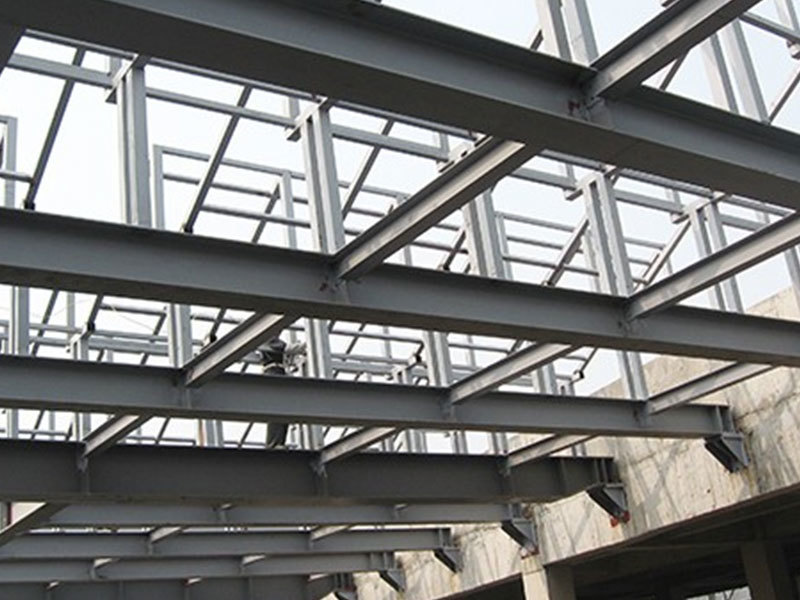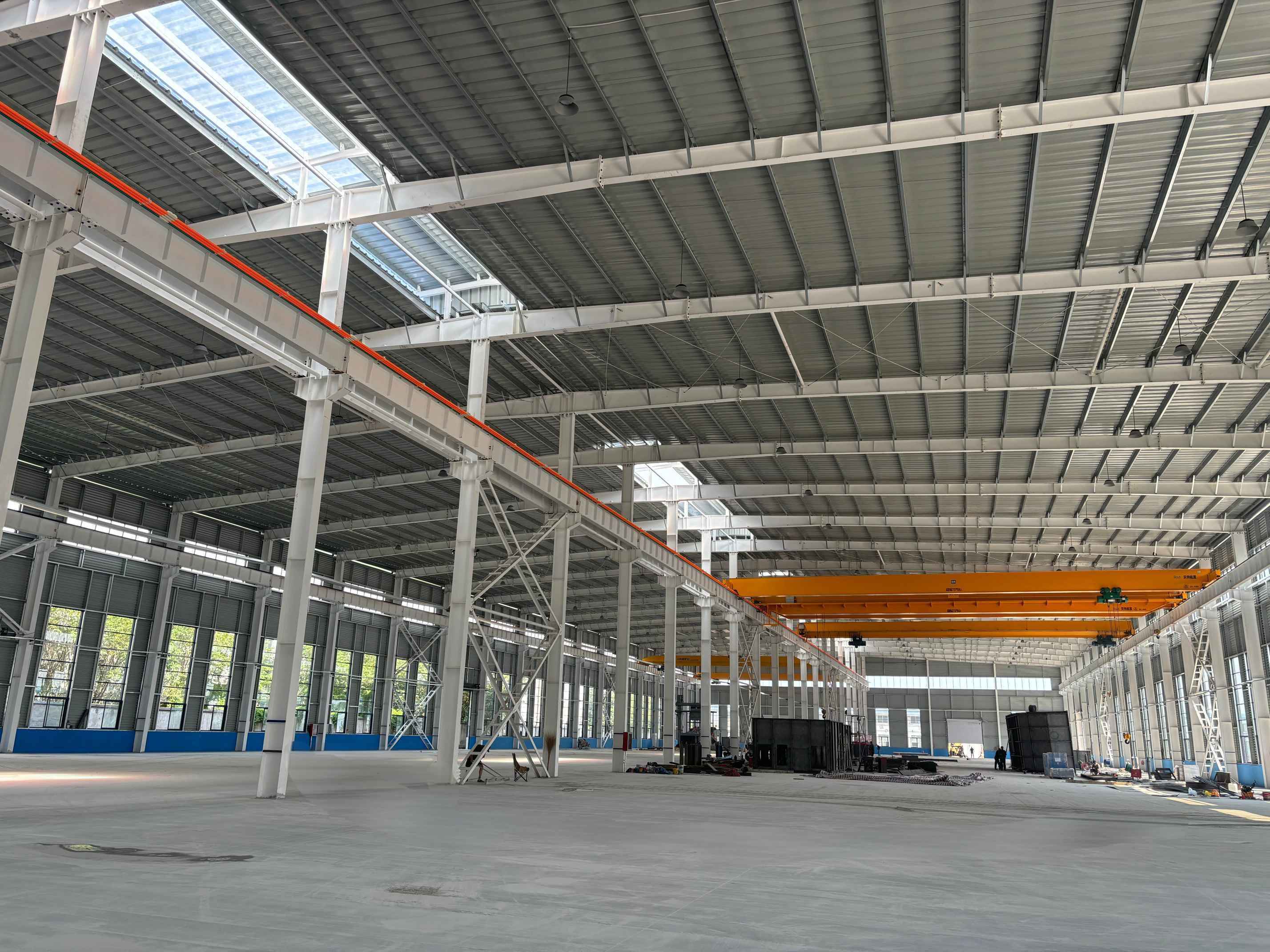Information Details
Types and characteristics of port handling equipment
Published Time:
2022-08-04 11:06
According to the different power sources, port conveying equipment can be divided into gravity type and power type. Gravity conveyors utilize the weight of the goods to be transported as power, sliding from top to bottom on an inclined conveyor. Gravity conveyors, due to different rolling rotors, can be divided into three types: roller type, roller type, and ball type. Power-type wheeled conveyors generally use electric motors as power. According to the different transmission media, they can be divided into chain type, roller type, and belt type. In addition to the basic transmission function, it can also be used for storage, classification, and other purposes. According to the spatial position of the conveyor, three-dimensional conveyors are divided into vertical, suspended, and ground tracks.
This will discuss the specifications and usage of various single-weight conveyors and three-dimensional conveyors commonly used in logistics centers, providing references for selection and design. In addition to the advantage of low cost, gravity conveyors are also easy to install, expand, or change configuration. Theoretically, gravity conveyors require two angles of inclination during use, one to activate the load and the other to maintain the load's sliding.

However, in reality, it is impossible for a single conveyor to have two angles of inclination; therefore, a compromise angle should be chosen between a steeper starting angle and a lower sliding angle. But there are two problems: the load is lighter during the inclination design, but a larger load may be applied. After the load is activated, due to rotation, the friction of the rollers decreases, causing the sliding speed of the second load to increase and chase the previous load.
After a collision, the two loads combine like a heavy load, accelerating the sliding speed. These two situations will cause the load to slide to the end of the conveyor and damage or injure the operator due to the impact of the stop block. Speed controllers can be used to solve these problems, but their weight range is limited, and the cost increases. Besides the above problems, gravity should be the more economical method to prioritize.
Applicable Scope of Port Conveying Equipment: For some soft-surface items, such as cloth bags, roller type is better than roller type in terms of transportation performance. In this application, you can choose queuing so that items slide along the track. If there are empty containers and baskets at the bottom, roller conveyors are not suitable. For smooth transportation of goods, items need to be supported by at least five rollers at any time.
Material Selection of Port Conveying Equipment: The frame of the roller conveyor can be steel and aluminum. Aluminum frames are used for light loads and mobile installations. Compared with steel frames, their load-bearing capacity is smaller, while rollers can be divided into steel, aluminum, and plastic. The load-bearing capacity of steel rollers is generally 11-23kg, and plastic rollers are less than 10kg. Most manufacturers provide conveyors with inner edge widths of 300mm and 600mm, and standard lengths of 1.5m and 3m. The number of rollers per unit length is determined by experience.
Generally speaking, for smaller items, more rollers are needed. Due to the different number of rollers per row and staggered arrangement, there are various types of roller arrangements. Commonly used standard frames for roller conveyors consist of two 60mm x 25mm steel plates. Rollers require a small amount of lubricating grease. If the operating temperature range exceeds 0~38℃, please consult the manufacturer to avoid lubrication problems. In addition, special roller conveyors can be used in high-temperature or low-temperature environments.
Port handling equipment
Previous Page
Previous Page




